Aug 12, 2025
As a key yet highly specialized component in pneumatic systems, the solenoid valve can serve as the central control unit in pneumatic automation devices for regulating and controlling operations. Since it operates by using electromagnetic force to drive the valve spool, unlike electric actuated valves that require continuous power, it has two basic states: normally open and normally closed.
The solenoid valve primarily functions to start or stop the flow of a fluid medium and cannot finely regulate the flow, pressure, or other parameters of the medium.
Solenoid valves are key components for fluid control in automation systems, mainly divided into two types: pilot-operated and direct-acting. Solenoid valves primarily open and close fluids and are unable to precisely regulate flow, pressure, and other aspects of the fluid.
This article will take you through a complete understanding of their working principles and structure.
A solenoid valve is a component that remotely regulates valve opening and closing by electromagnetic force to achieve automated fluid control.The main factors affecting the electromagnetic force include the number of turns of the coil, current intensity, voltage, and coil resistance. Due to the typically compact design of solenoid valves, they are commonly used for controlling the on/off operation of low-flow media. Being electrically actuated, solenoid valves are also the components in pneumatic systems that can directly interface with the control system, which effectively enhances the automation capability of pneumatic devices. When combined with sensor feedback that monitors actuator movements, they can form a closed-loop control system.
Power On: Applying current to the coil generates a magnetic field, which moves the plunger to open the valve.
Power Off: When not energized, the valve stays in its default position—either open or closed.
Fluid Flow: The valve maintains fluid flow by being fully open or blocks flow by being fully closed.
Power Off Again: Cutting off current causes the sealing element to return to its default position.
In general, direct-acting solenoid valves are not suitable for regulating flow.
2-way: One inlet and one outlet; suitable for simple on/off control.
3-way: One inlet and two outlets; used to change fluid direction.
4-way: Two inlets and two outlets; used for more complex flow control.
General Solenoid Valves: Control fluid on/off, usually without flow regulation.
Pneumatic Solenoid Valves: Control pneumatic actuators, suitable for large diameter and high-pressure, high-thrust industries.
Pulse Solenoid Valves: Fast response with high-speed compressed air flow, commonly used in dust removal systems.
Enquire more solenoid valve types in our fokcaflow website.
These valves use a small pilot valve to control the main valve. When energized, the pilot valve opens, releasing medium into the main valve chamber, creating a pressure difference that moves the main valve spool to open the passage; when the pilot valve closes, the main valve closes accordingly.
Direct-acting valves operate without a pilot valve. The coil’s magnetic field directly drives the solenoid to open or close the valve spool.
Pressure: Pilot-operated valves can handle higher pressures.
Flow Rate: Pilot-operated valves are better suited for high flow applications.
Speed: Direct-acting valves respond faster.
Power Consumption: Direct-acting valves generally consume less power.
Both direct-acting and pilot-operated valves rely on electromagnetic force to drive the valve spool either directly or indirectly.
◆ Agricultural Machinery: For irrigation systems and hydraulic control of farm equipment.
◆ Oil and Gas: Controlling fluid flow in oil and gas extraction and transportation.
◆ Food and Beverage Processing: Managing liquid raw materials and cleaning fluid transport.
◆ Aerospace: Used in hydraulic and fuel management systems for flight control.
◆ Paper Industry: Controlling slurry and additives flow to ensure stable production.
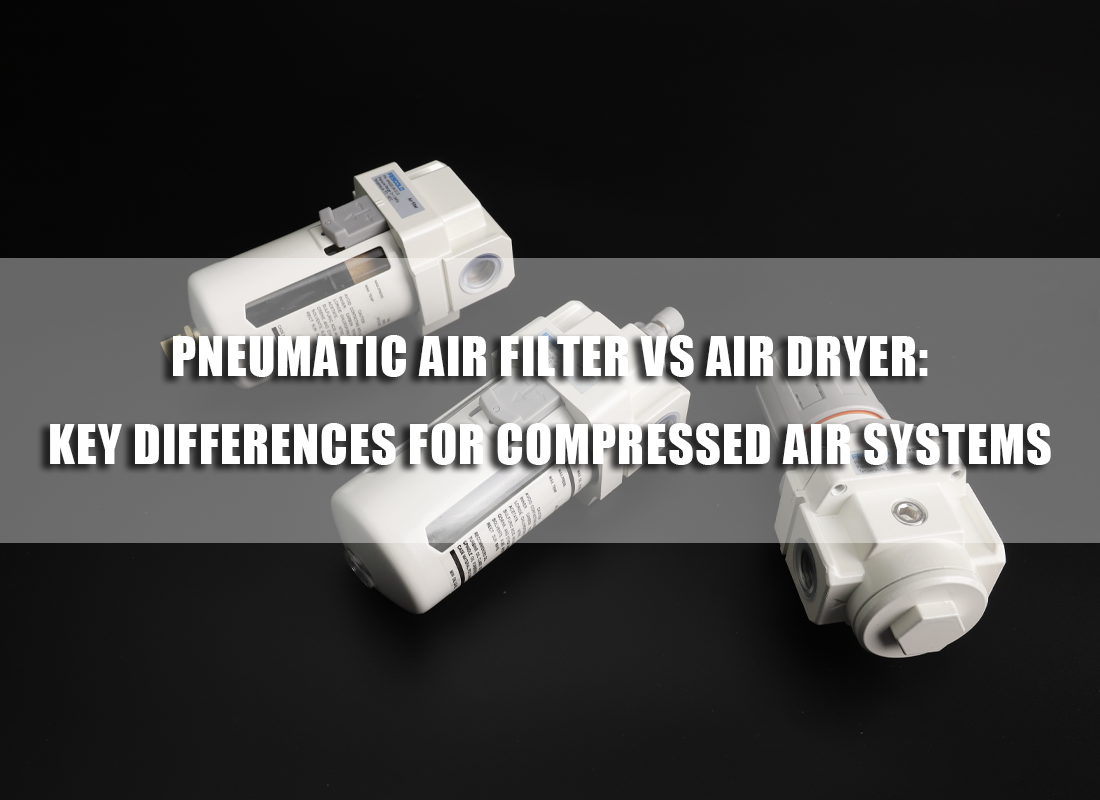 Pneumatic Air Filter vs Air Dryer: Key Differences for Compressed Air Systems
Pneumatic Air Filter vs Air Dryer: Key Differences for Compressed Air Systems
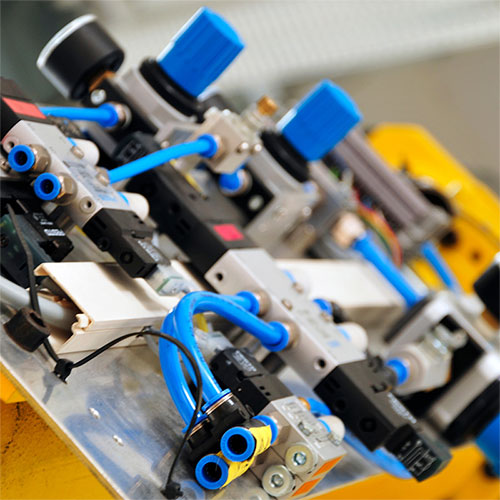 The Ultimate Guide to the Conditions for Achieving Automation in Pneumatic Equipment
The Ultimate Guide to the Conditions for Achieving Automation in Pneumatic Equipment
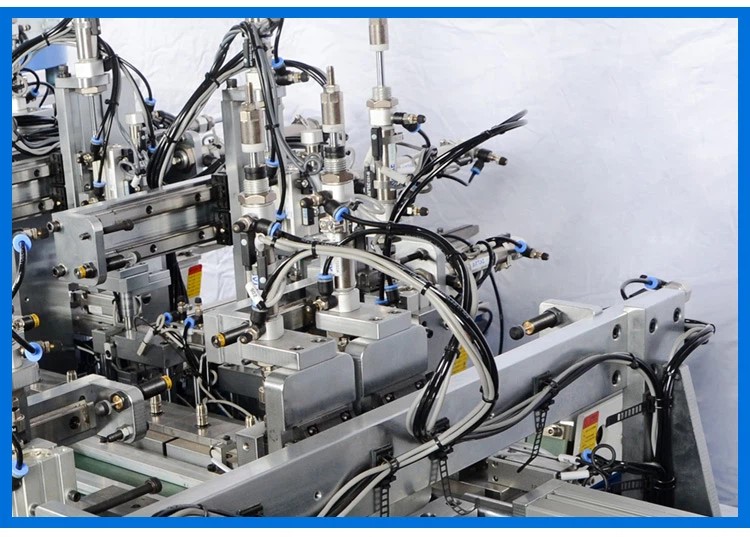 Pneumatic Actuated Machines That Play a Key Role in Smart Manufacturing
Pneumatic Actuated Machines That Play a Key Role in Smart Manufacturing
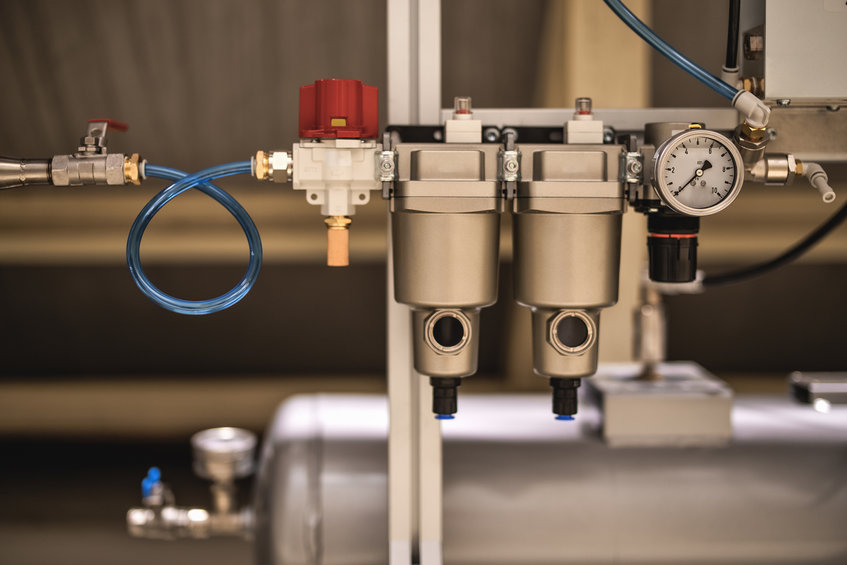 Pneumatic Air Filter Critical Problems: 5 Common Issues and Fixes
Pneumatic Air Filter Critical Problems: 5 Common Issues and Fixes
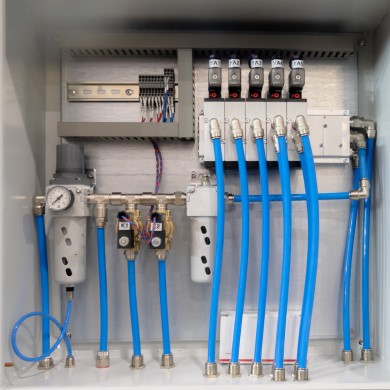 How to Maintain and Clean Air Filters in a Pneumatic System
How to Maintain and Clean Air Filters in a Pneumatic System
You May Interest In

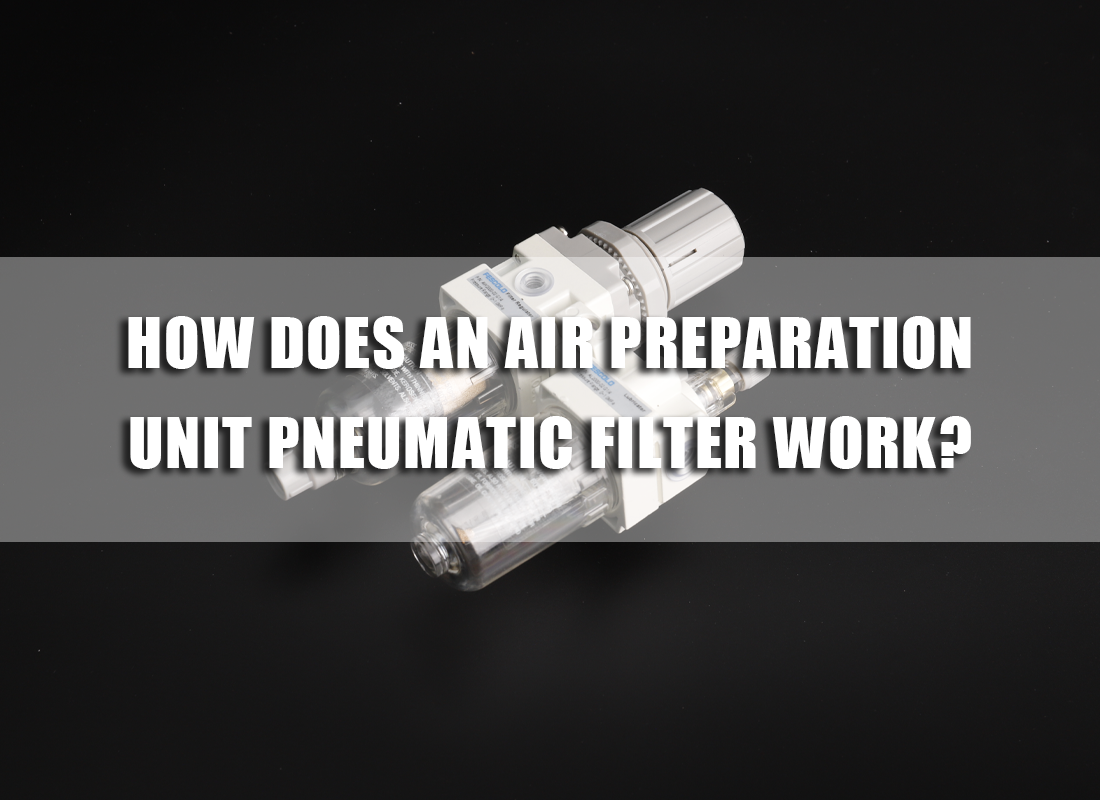
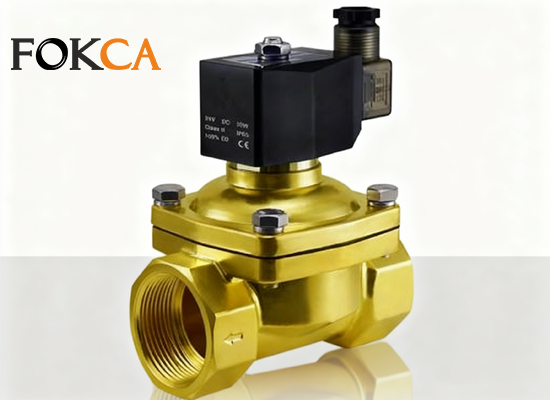
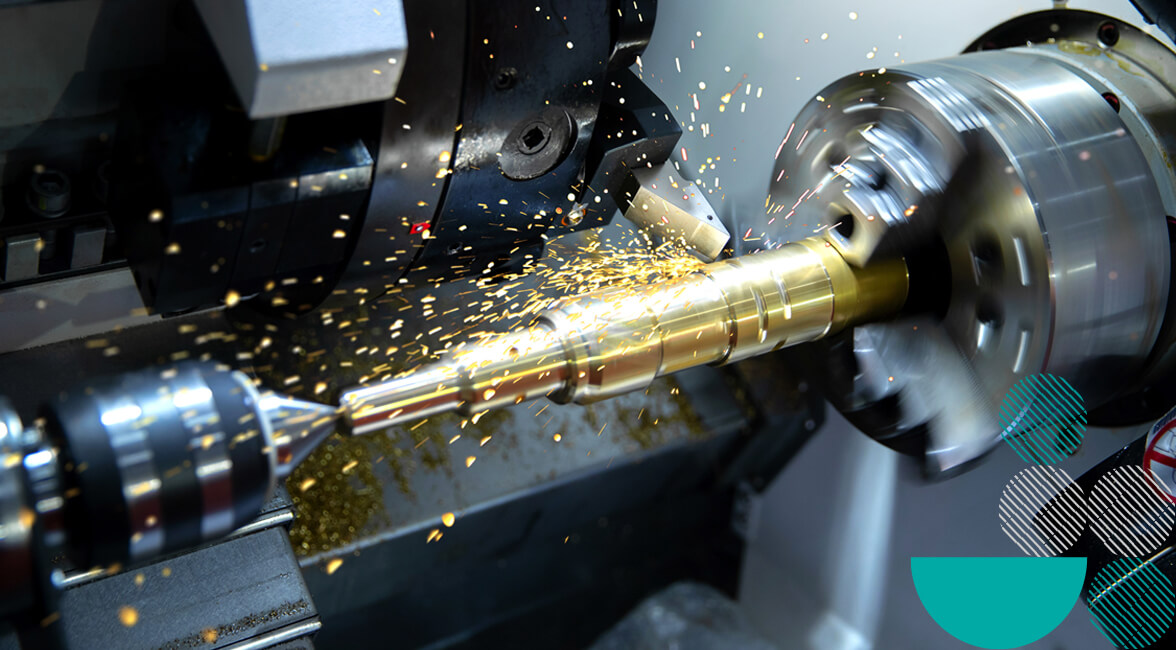
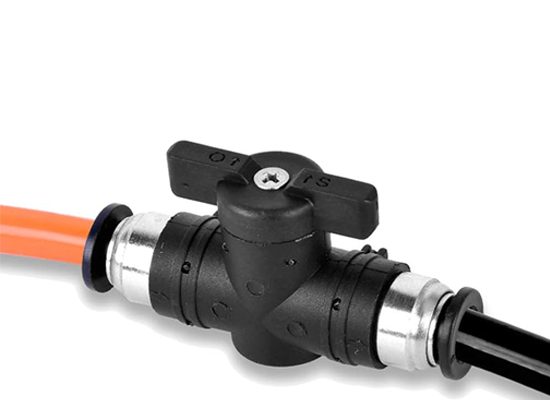
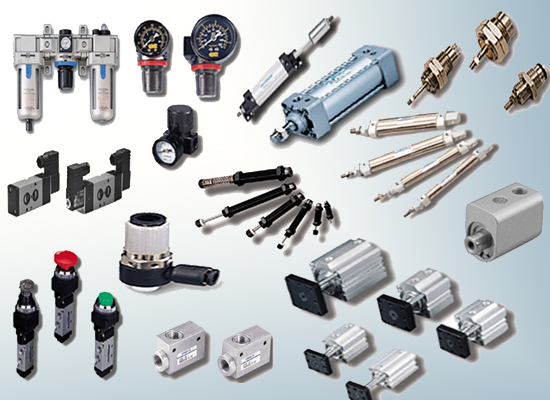

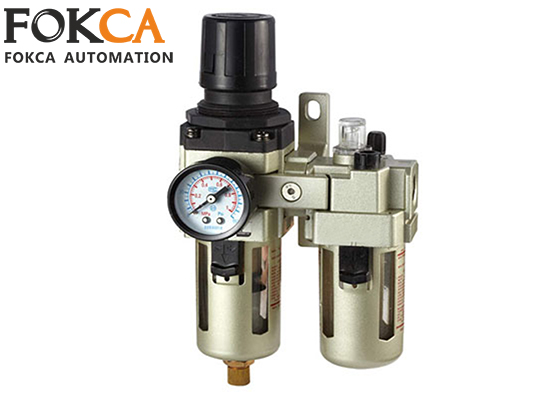
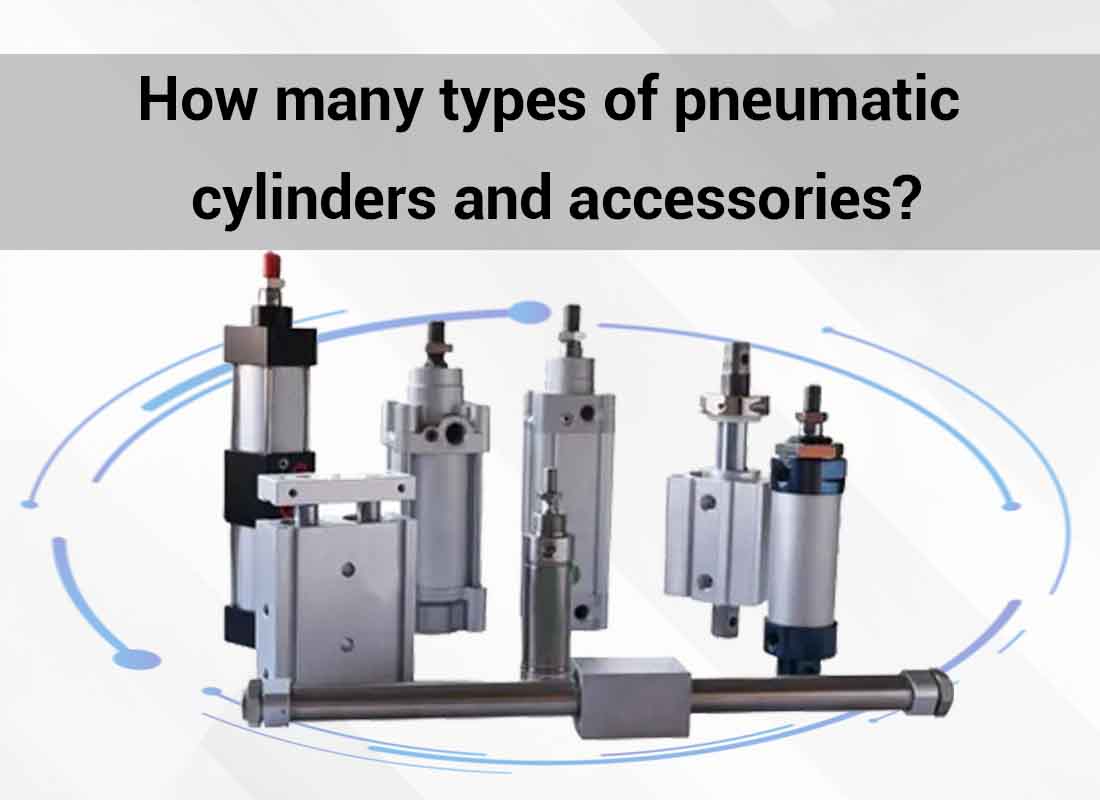
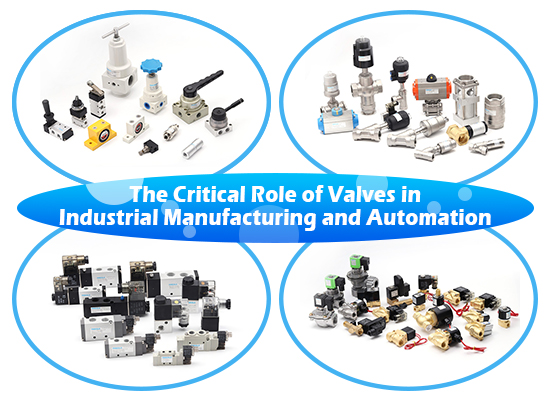
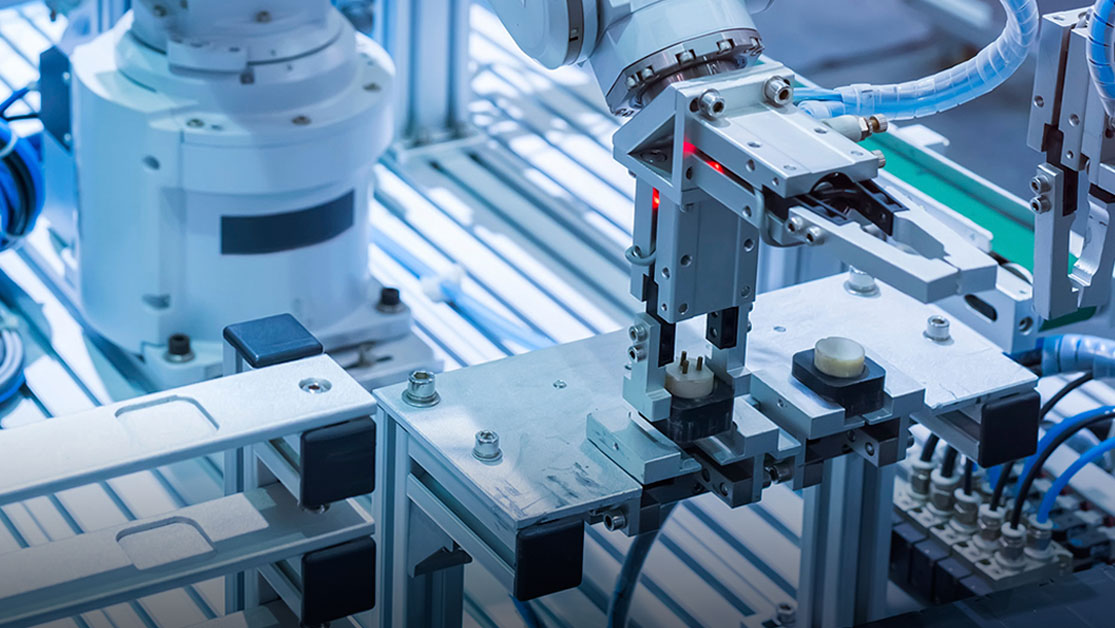
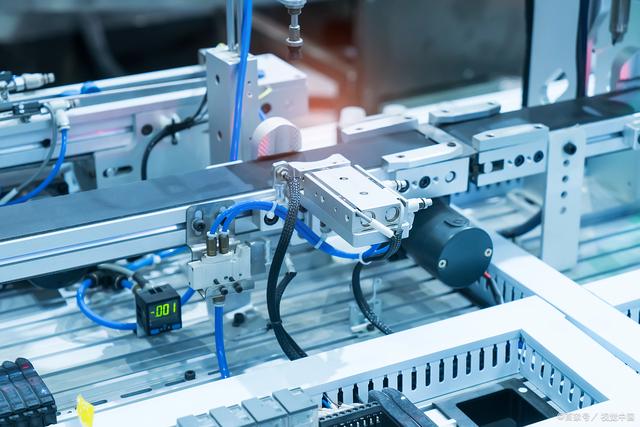
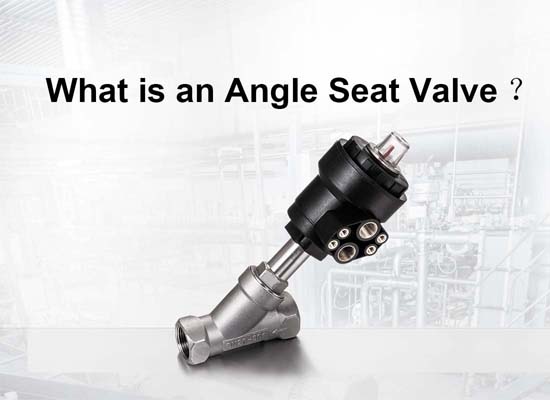
Apr 18, 2025 Blog
What is an Angle Seat Valve?Links: www.fescolo.com(Pneumatic)
FOKCA ©1998-2025 All Rights Reserved Sitemap